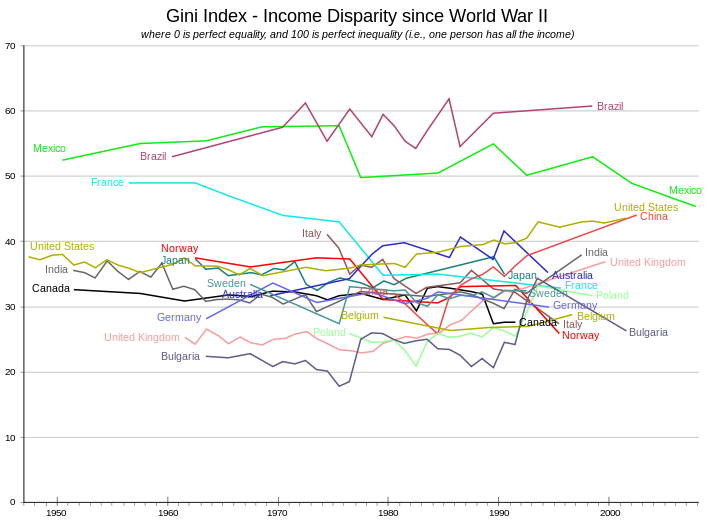This news item was sent around on a list.
More hungry in India than in Sudan
Rukmini Shrinivasan, TNN, Oct 12, 2010, 03.30am IST
http://timesofindia.indiatimes.com/india/More-hungry-in-India-than-in-Sudan/articleshow/6733033.cms
NEW DELHI: India dropped two ranks to 67th among 84 developing countries in the International Food Policy Research Institute's annual " Global Hunger Index" for 2010. Even Sudan, North Korea and Pakistan rank higher than India.
While the report, released on Monday, shows that the proportion of undernourished in India is decreasing, the worsening ranking indicates that other developing countries have done better in tackling hunger. India is home to 42% of the underweight children under the age of five in the world.
The policymakers in India, who are are still fighting over the need to have an expansive National Food Security Act, should look at the following data more closely: in 2005-06, about 44% of Indian children — below five years — were underweight, and nearly half — 48% — were stunted.
The food insecurity is so rampant across the country that India is clubbed with minor economies like Bangladesh, Timor-Leste and Yemen, recording the highest prevalence of underweight in children under five.
At the beginning of the liberalization era in the early 90s, 24% of the population was undernourished. The situation marginally improved to 22% between 2004 and 2006. Almost 60% of children below five were recorded as underweight in 1988-92. The condition has remained dismal as the latest figure shows 43.5% between 2003-08.
The GHI ranks countries on a scale of 100, with 0 being the best score (no hunger) and 100 the worst. It is composed of three equally weighted indicators: the proportion of undernourished in the population, the prevalence of those underweight in children under five and the under-five mortality rate.The figures for India are 22% (as of 2004-6), 43.5% (2003-8) and 6.9% as of 2008, respectively. These give India a composite GHI of 24.1, which is classified as alarming in terms of the food security situation.
The strife-torn Democratic Republic of Congo ranks at the bottom of the list of 84 countries with significant levels of hunger. The data has been compiled for 122 countries in all; the remaining 38 countries have a GHI of less than 5 and are not included in the rankings. No data has been recorded for highly developed countries.South Asia has the highest GHI for any region in the world, at 22.9. The region has, however, made greater progress since 1990 than sub-Saharan Africa, the report adds. India is ranked below all other major South Asian countries — Sri Lanka is ranked 39th, Pakistan 52nd and Nepal 56th.
India's hunger is not purely a product of its middle-income status. While economic progress and hunger levels tend to be inversely correlated (countries with higher gross national income typically have lower GHI scores), some countries are exceptions to the norm. China has lower hunger levels than its GNI per capita would suggest, while India has higher hunger levels than would be expected from its income per capita, calculations made by the report's authors show.The 2010 report focuses on child malnutrition, which is the biggest component of hunger worldwide. In India, high 2010 GHI scores are driven by high levels of underweight children, resulting from the low nutritional and social status of women in the country, the report says.
And the respondent went haywire. So I responded so
Here's an experiment you can do. Go check out the gini coefficients of the world and see where we are in terms of inequality. You will be surprised.
See this graph:

India isn't doing that badly, eh? But this was bothering me, so went back to check. And I responded back again.
This was bothering me but going deeper into this, looks like we are making some remarkable progress here. The silly point about India breaking up is frankly silly so wont touch it at all.
But here's the basic question which one asks. We have been showing a significant improvement over the past 20 years. So obviously we are doing something right in the first place. The places where we have touched relate to agriculture, nutrition, education, women's empowerment, income generation. These and other aspects helped us to improve this much. The report does not go into too much depth for Indian operations so had to go elsewhere to look deeper. Across all the dependent factors, we are showing strong and steady improvement in terms of agricultural productivity, increase in nutrition, increase in education, women's empowerment, income levels in the rural and urban areas, etc. etc.
Here's my point, there is nothing that we arent doing that we need to be doing. We just have to keep on doing what we have been doing and doing it better and perhaps more. We are on the right path.
The alarmist headlines and silly sod comments do not help at all because these are just whines, no basic understanding of the underlying issue, no analysis of what has been done or what needs to be done. So until and unless one gets some specific point of improvement, we dont need to get that much excited.
Lage raho munnabhai.
So the next time somebody whines that India has huge numbers of hungry and poor people, tell them yes, and we are doing something about it.
Also, check out this post, turns out the numbers themselves are a bit dodgy.
1 comment:
Nice post man. But it has been widely argued that the curve is a better representation of a households effective use of income, rather than the actual income distribution. So am not sure if the Gene co-efficient is a reliable measure, especially because India does not have a normal distribution amongst states. Some cities are exceptionally prosperous (bombay,chandigarh,delhi) and some are poor(calcutta?).
Hence any statistical measure is a dicey justification for India.
Post a Comment